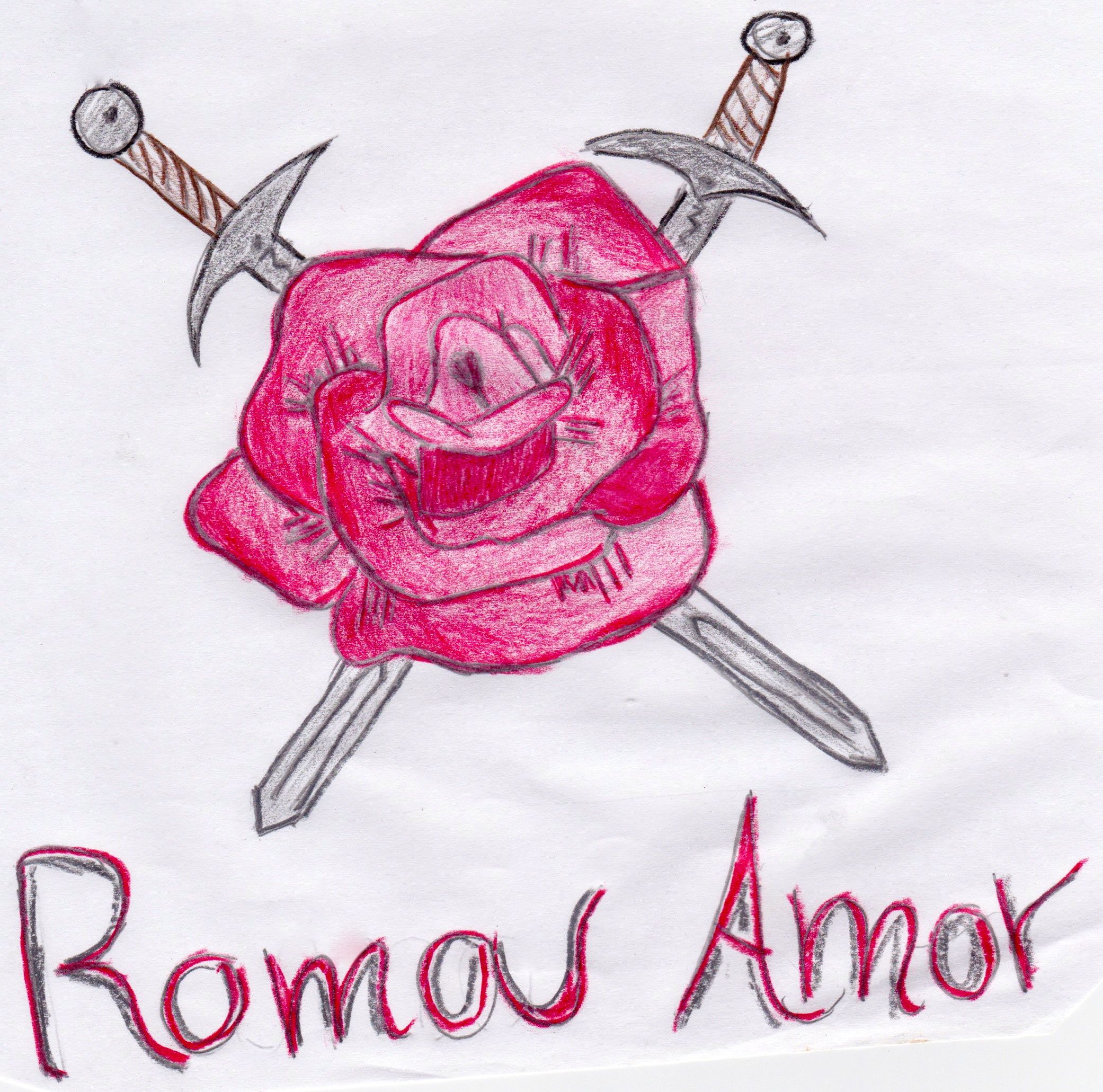Our parade for the local fair of San Marcos La Laguna

On the morning of April 24, all schools in San Marcos La Laguna participated in the parade which takes place during the Feria in our town. Our local fair is a joyous time that almost says goodbye to the dry season. San Marcos streets become full of music, games and activities, and thousands of people celebrate this occasion as it deserves.
The parade go across the streets of San Marcos La Laguna and ends with a common event in the football field , where local authorities celebrate the celebration with students , teachers, families and local residents .
Our parade began at Escuela Caracol, where teachers, students and parents met . Our delegation was led by the Kinder students. They carried the flag with the image of our school and a beautiful craft that they made in their classes, a paper and wool lion (see photos below). After the smaller children , the other courses were also carrying flags with the colors of our town and banners of their own making.
From our school we headed to the meeting point where we met with the other schools, and from there we started walking through the streets to get to our destination in the football field.
It was definitely a very special occasion and a time to enjoy together in a celebration where all schools come together to fill the streets with laughter and joy.

